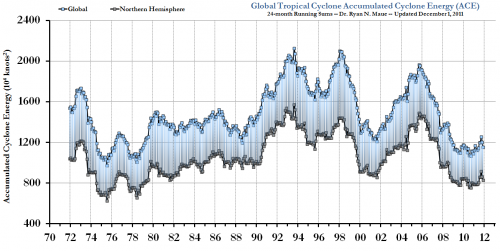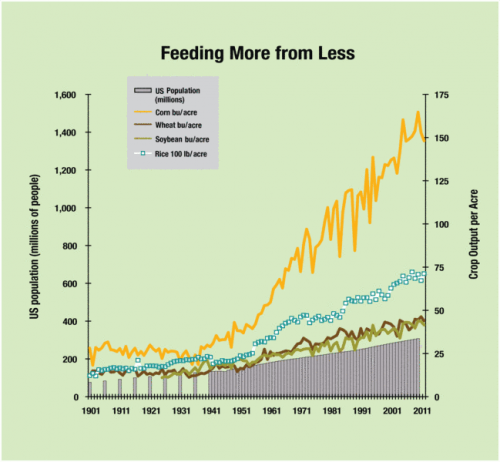The Magic Theory
Catastrophic Anthropogenic Climate Change is the magic theory -- every bit of evidence proves it. More rain, less rain, harder rain, drought, floods, more tornadoes, fewer tornadoes, hotter weather, colder weather, more hurricanes, fewer hurricane -- they all prove the theory. It is the theory that it is impossible not to confirm. Example
It will take climate scientists many months to complete studies into whether manmade global warming made the Boulder flood more likely to occur, but the amount by which this event has exceeded past events suggests that manmade warming may have played some role by making the event worse than it otherwise would have been...
An increase in the frequency and intensity of extreme precipitation events is expected to take place even though annual precipitation amounts are projected to decrease in the Southwest. Colorado sits right along the dividing line between the areas where average annual precipitation is expected to increase, and the region that is expected to become drier as a result of climate change.
That may translate into more frequent, sharp swings between drought and flood, as has recently been the case. Last year, after all, was Colorado's second-driest on record, with the warmest spring and warmest summer on record, leading to an intense drought that is only just easing.
Generally one wants to point to a data trend to prove a theory, but look at that last paragraph. Global warming is truly unique because it can be verified by there being no trend.
I hate to make this point for the five millionth time, but here goes: It is virtually impossible (and takes far more data, by orders of magnitude, than we posses) to prove a shift in the mean of any phenomenon simply by highlighting occasional tail-of-the-distribution events. The best way to prove a mean shift is to actually, you know, track the mean. The problem is that the trend data lines for all these phenomenon -- droughts, wet weather, tornadoes, hurricanes -- show no trend, so the only tool supporters of the theory have at their disposal is to scream "global warming" as loud as they can every time there is a tail-of-the-distribution event.
Let's do some math: They claim this flood was a one in one thousand year event. That strikes me as false precision, because we have only been observing this phenomenon with any reliability for 100 years, but I will accept their figure for now. Let's say this was indeed a one in 1000 year flood that it occurred over, say, half the area of Colorado (again a generous assumption, it was actually less that that).
Colorado is about 270,000 KM^2 so half would be 135,000 KM^2. The land area of the world (we really should include oceans for this but we will give these folks every break) is about 150,000,000 km^2. That means that half of Colorado is a bit less than 1/1000 of the world land area.
Our intuition tells us that a 1 in 1000 year storm is so rare that to have one means something weird or unusual or even unnatural must be going on. But by the math above, since this storm covered 1/1000 of the land surface of the Earth, we should see one such storm on average every year somewhere in the world. This is not some "biblical" unprecedented event - it is freaking expected, somewhere, every year. Over the same area we should also see a 1 in 1000 year drought, a 1 in 1000 year temperature high, and a one in one thousand year temperature low -- every single damn year. Good news if you are a newspaper and feed off of this stuff, but bad news for anyone trying to draw conclusions about the shifts in means and averages from such events.






